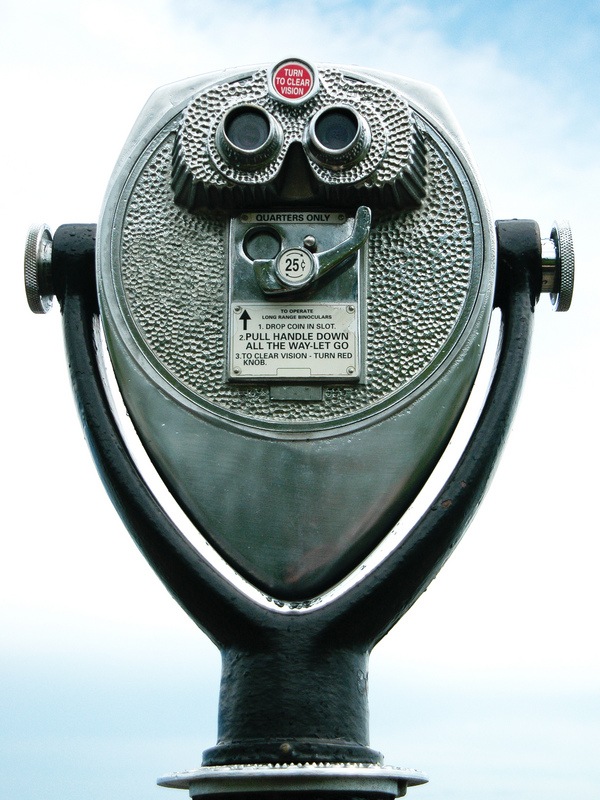 What’s next?
What’s next?
Here’s a premise: The next twenty years are going to be nothing like the last twenty years. It’s time to adjust.
As the economy has provoked the building industry to take a pause its been interesting to watch the reactions. I’ll note two.
Nearly everywhere we look we see green this and sustainable that. Our trade magazines and organizations are rushing to promote a profitable transition to “green” business. For years they couldn’t care less, but now its looking like the only game with a hope of an upside. So they’re signing up.
But these same entities continue to publish and award overdone, oversized, sumptuous projects. I think they’re expecting people will continue wanting (so they keep showing) what the good times allowed; the kind of projects most are just waiting to get back to. These projects were chock full of their advertiser’s products. But these days these oversized houses lack buyers and the magazines are getting awfully thin.
Its revealing. They’re learning to talk the talk, but the evidence indicates that for most, they’re not quite ready or sure how to walk the walk. I’m all for a recovery, but I’m not expecting we’ll resume building that way. At least I hope not. Here’s why.
ENERGY
For several generations nearly everything we’ve built, and our economy to boot, was built to operate on abundant cheap energy. Now what?
ECONOMY
Our economy thrived on a foundation of lending based on exponential growth that has just peaked and imploded. Now what?
ENVIRONMENT
The side effects of our century old industrial economy have climbed a similar exponential curve. Indications are everywhere that the environment our very life depends on is paying the price. Now what?
Faced with this perfect storm, this alignment of peaking exponential curves colliding in the present, we need to consider what makes sense. What does a future friendly home look like?
THE GOOD NEWS
I actually have good news (first). The features of a home poised to respond to these conditions are attractive. They are durable, extremely efficient, exceptionally comfortable (in a way few of us have ever experienced), healthier, simpler and significantly cheaper to operate and maintain. They are, at least, responsive to the environmental burden they present and, at best, trending toward what could become a “regenerative” capacity; acting in ways that not only do no harm, but play an ongoing restorative role. And in good design hands, they are beautiful.
But these possibilities come at some expense, and at a time when we are all experiencing limits on what we can afford. They require investments in the present that are rewarded later, insuring stability over the long run. We need to begin thinking differently about what equity means, how its built, and how its shared.
That expense is steepest for what is already built; its far easier to build differently from scratch than to alter the suddenly obsolete. A recent McKinsey report on the attractiveness of efficiency reminds us that 83% of the homes that will exist in 2020 are already built. The extensive work required to make our diverse existing housing stock as efficient as we need to make it invites us to reconsider how it is funded. Appraisal and financing need to catch up as investments in long term performance accrue to the future – and future owners.
For those of us who own homes ownership presumes that WE will make the decisions, and incur the cost, to determine what our homes will be next. It’s our house and WE decide.
This is where I live. In conversation with homeowners about their desire to do that. To make their home a better place to live. To make their home a place in which they and their families will thrive, find comfort, be convivial, connect and, if we can get it just right, be nourished, renewed, and fulfilled. No small task, eh!
So now we are asked to shoulder an additional burden. Our homes are part of a larger fabric. Our homes and the load they carry vs. the load we ask the earth to carry are part of what turns out to be a global commons. We are no longer allowed to only consider our self interest. We are invited to contemplate our shared interest.
I think this is new. I think this is contrary to what we imagined. I think that we are somewhere between the good fortune of being able to make decisions solely in our own self interest and a new and necessary responsibility to own up to what we share; a challenge that represents nothing less than the survival of our species. That’s a pretty tall order!
I have to say that I’m ready to struggle with you about how best to respond to this challenge. Informed choices need to be made. I know that we have much to offer, and at the same time and in some ways are as unprepared as you to really grasp what is at stake and how best to respond. It will take confidence, and probably a bit of courage. But action is necessary.
